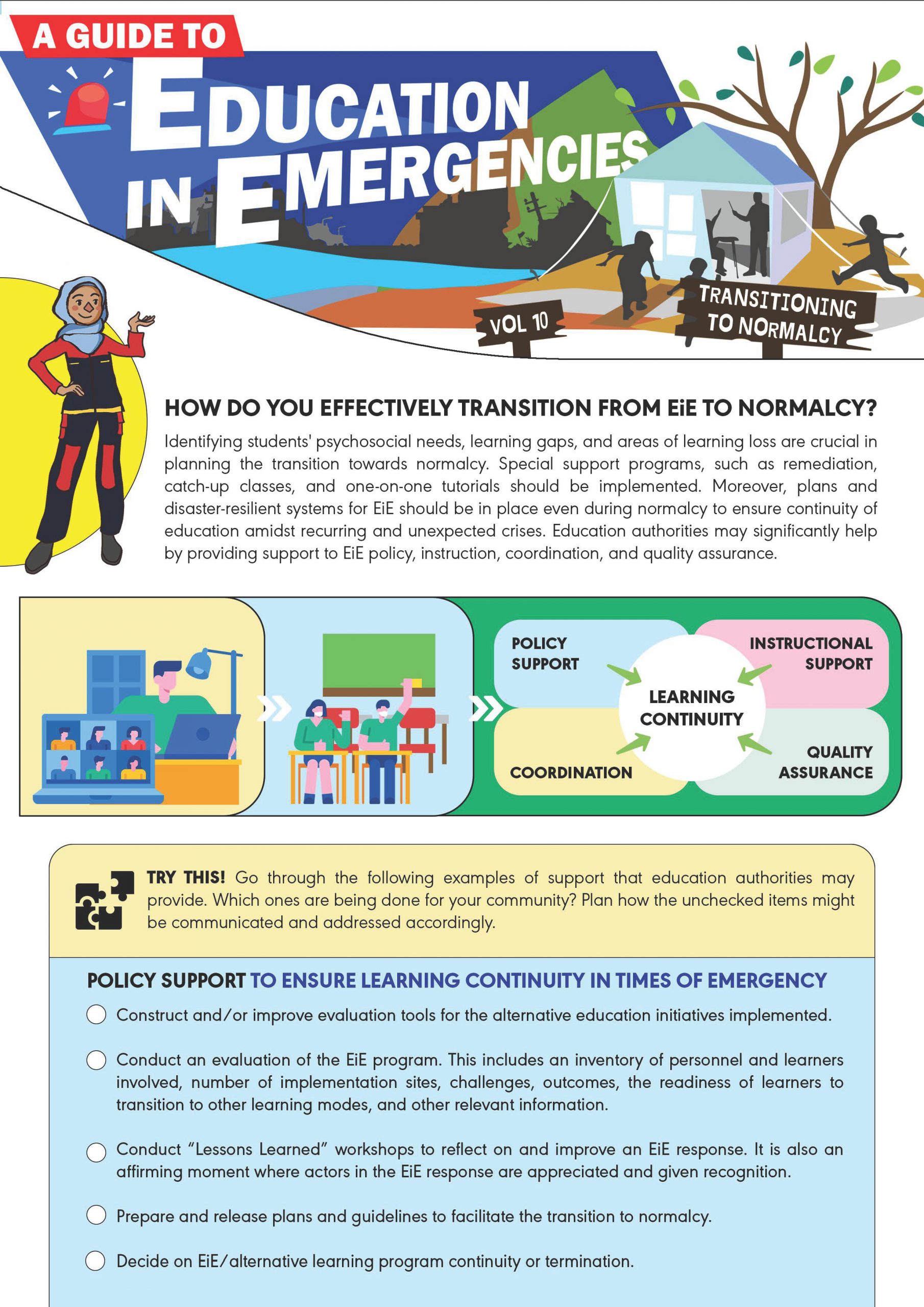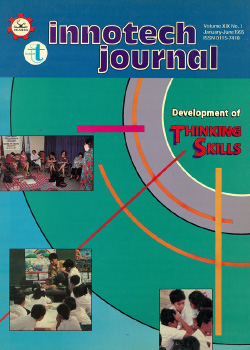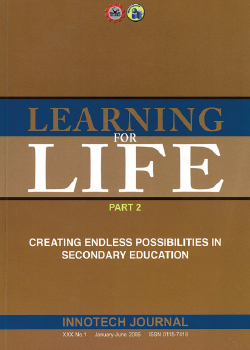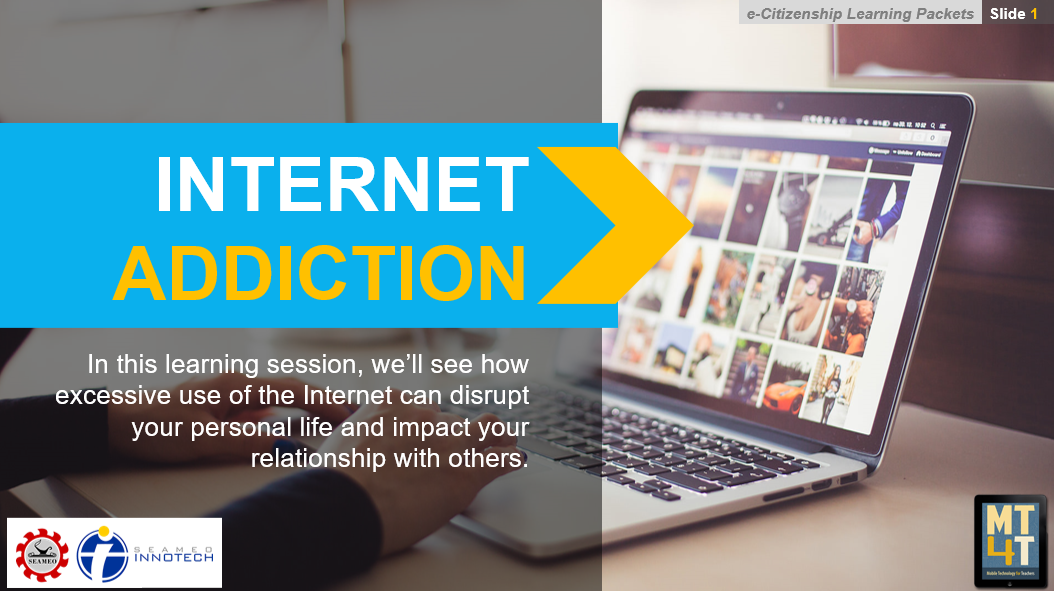
Identifying students’ psychosocial needs, learning gaps, and areas of learning loss are crucial in planning the transition towards normalcy. Special support programs, such as remediation, catch-up classes, and one-on-one tutorials should be implemented. Moreover, plans and disaster-resilient systems for EiE should be in place even during normalcy to ensure continuity of education amidst recurring and unexpected crises. Education authorities may signify help by providing support to EiE policy, instruction, coordination, and quality assurance.
Know more about EiE and its application through this series of infographics.
Other Resources
How useful do you find this resource?
[Total: 2 Average: 4]
A Guide to Education in Emergencies Vol.10: Transitioning to Normalcy









